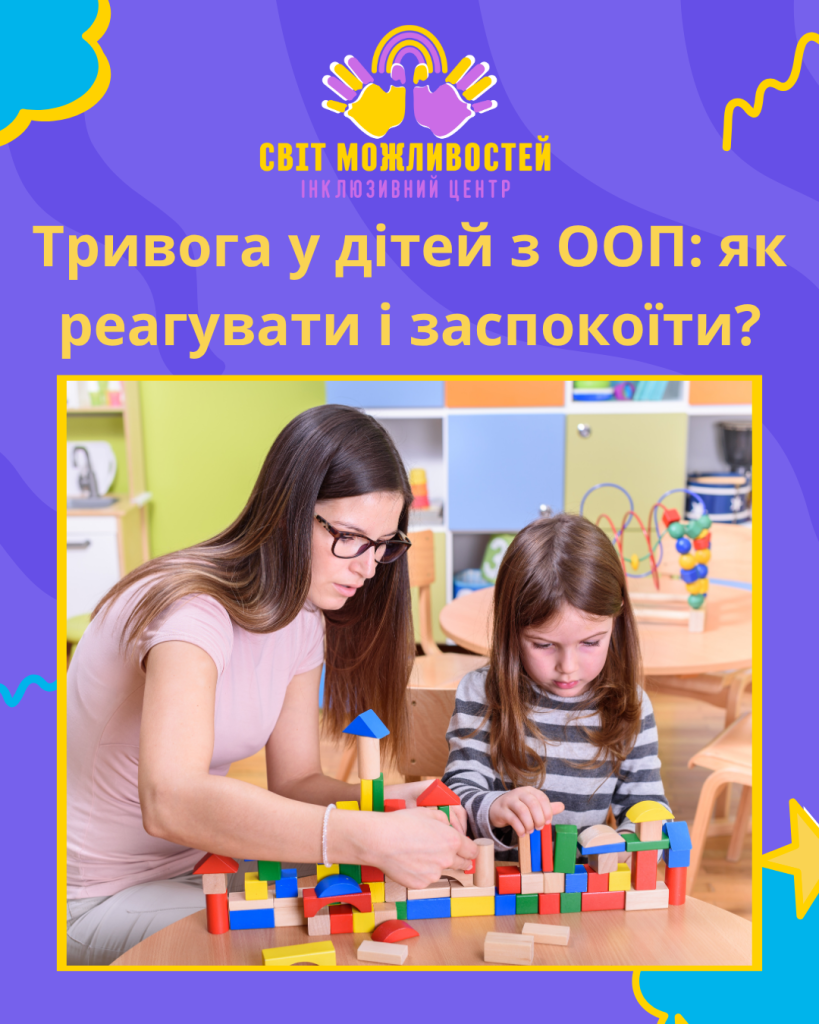1. An adult’s calmness is the foundation of stability.
Your calm voice, gentle gaze, and slow movements are the first things that will help your child feel safe.
2. Predictability in everyday life.
A routine and familiar rituals (e.g., “bedtime cuddles,” “after-dinner storytime”) help reduce anxiety.
3. Visual cues.
Flashcards, pictograms, or a calendar with simple pictures help your child understand what to expect and avoid the stress of the unknown.
4. Sensory relief.
Hugs, rocking, soft toys, and hand or foot massages all help reduce stress.
5. Space for emotions.
Give your child the “right to feel.” Even if they can’t express themselves in words, it’s important to give them a safe place to cry, be alone, or feel supported.
6. Find an “anchor.”
A favorite toy, scent, song, or activity (such as a breathing exercise) can become a “safety anchor” — a symbol of calm that a child can use in moments of anxiety.
Every child is unique. What works for one may not work for another. But the main thing is to be there, to be attentive and accepting.
At the Inclusive Center “World of Opportunities” we work with such manifestations every day, teaching children and supporting parents. And we believe: when a child feels safe, he or she flourishes.
